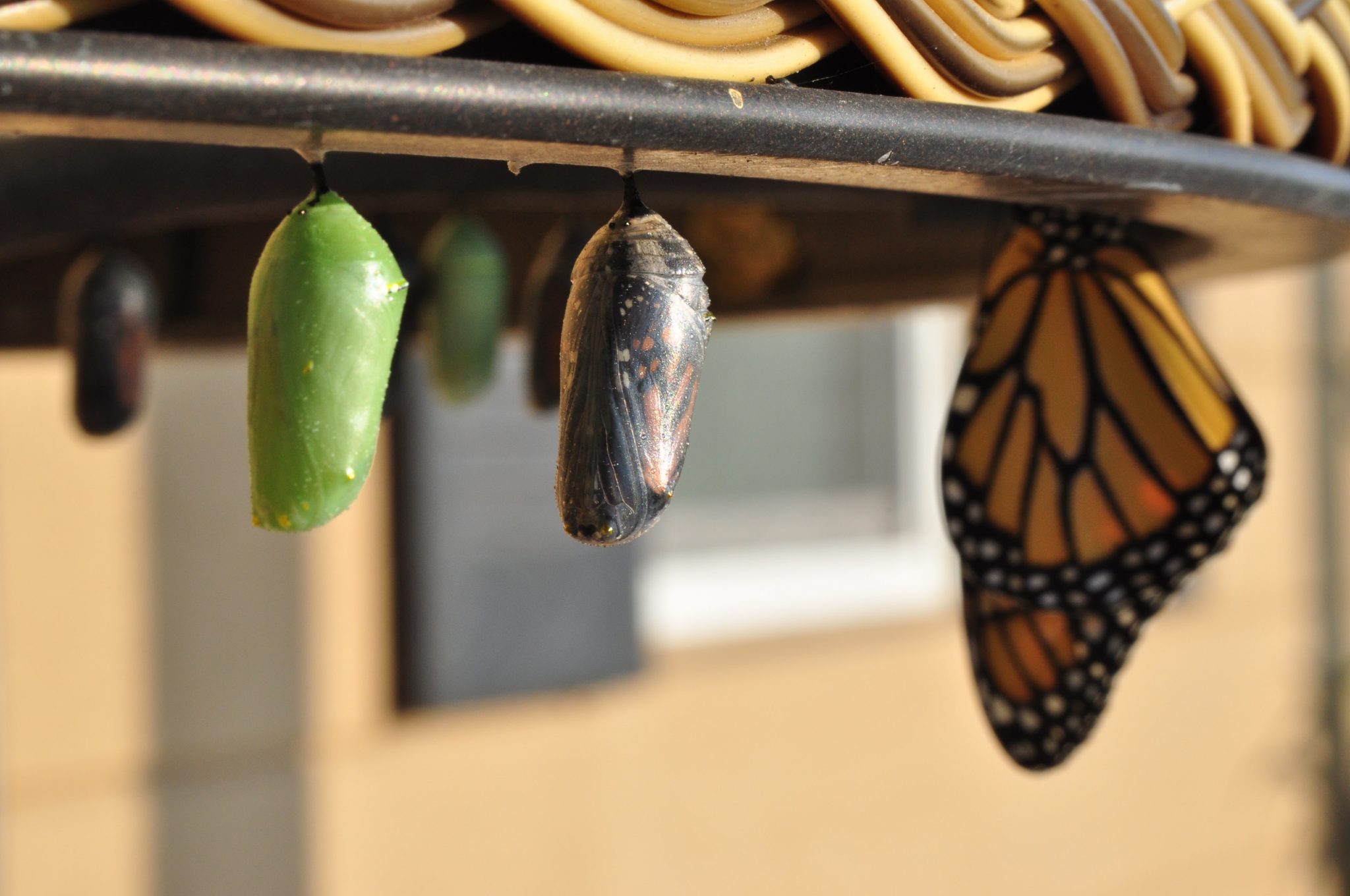COMING SOON!
Watch the Exhibit come to life

Grade K – 2

Lesson 1
Warsaw Ghetto – Jews in Poland were forced to leave their homes and move into separate areas known as ghettos. These were parts of a city that was the only place where Jews could live. The space was very crowded, and many didn’t have enough to eat. How do you think it would feel if you couldn’t leave your house or were only allowed to play in your front yard? Teachers lead a creative drama exercise using a space on the sidewalk. Ask students to stand in that space. Class discussion: What was it like to be crowded together in a small space? How did you feel? How can you make room for kindness with your classmates? Create a symbol that demonstrates this idea. (ex. A circle with everyone holding hands, facing a partner and making a heart with fingers, let children come up with their own ideas).

Lesson 2
School in the Ghetto – Guiding questions: What would it be like if you weren’t allowed to go to school anymore? How would you learn to read and write? What if you had no math books or materials for science experiments? Education Disrupted Teacher clicks the link and uses slide #1- #5 to help students understand why school was important for children in the ghettos. Note: Slide 2, read the second paragraph only. First paragraph may be difficult for young children. How did going to school in the ghetto help the children?

Lesson 3
Poem as Music A Talk with a Child-Wladyslaw Szenge Have children gather together to listen to this poem written in 1942 in the Warsaw ghetto. It’s been set to music and the words to the poem in English appear below the video. The music is lovely and offers children an experience of what it was like to live in a small area of the city where Jews weren’t allowed to leave. As they listen, ask them to pay attention to how they feel: happy, sad, afraid? Have students move their arms and hands with the music. Let students share about their experience and how they think children at that time felt living in the ghetto.

Lesson 4
When the Warsaw ghetto was established Jan and his wife, Antonina, began helping their Jewish friends. As an employee of the city of Warsaw, he was allowed to enter the ghetto. Part of his job was to care for the trees and small public garden within the ghetto area. He also was in charge of the Warsaw Zoo. He visited his Jewish acquaintances and as the situation in the ghetto got worse, he offered them a place to stay at the zoo..
Many Jews found temporary shelter in the zoo’s abandoned animal cells, until they were able to relocate to permanent places of refuge elsewhere. In addition, close to a dozen Jews were sheltered in Zabinski’s two-story private home on the zoo’s grounds. In this dangerous undertaking he was helped by his wife, Antonina, a recognized author, and their young son, Ryszard, who supplied food and looked after the needs of the many distraught Jews in their care.
What does it mean to be courageous? How can you help others?
Grade 3 – 5

Lesson 1
Warsaw Ghetto – Teacher: Use the link to show a photo from 1941: Children in the Ghetto Students describe what they see. Why is a child standing in the street playing a violin? How old do you think he is? Read the caption to students. What does it mean that the boy is trying “to support himself”? Why does he need to do this? How do you think he felt? How would you feel? With a partner or in small groups talk about how you would help this child and those in our world today who are hungry.

Lesson 2
Irena’s Children – A True Story of Courage by Tilar J. Mazzeo Click the link so the teacher can read two paragraphs starting with In 1942… Ask students to share their thoughts, feelings and questions about what was read. Below the book cover, click the “Listen” button to hear part of the book read aloud. What is happening to Irene Sendler in this passage? How do you think she felt? Why is it important to help people in need or who are being treated unfairly?

Lesson 3
Courageous Polish citizens took great risks to save Jewish lives, including Irena Sendler, zookeepers Jan and Antonina Zabinski, along with their son, Ryszard, Gertruda Bablinska, and Eugeniusz Szyfner and his mother Katarzyna. Composers like Pavel Haas continued to write and perform music in The ghettos and concentration camps. Take 5 minutes and listen to this piece, A Study For Strings. Pavel Haas – A Study For Strings What do you notice? Why would he write upbeat music in the middle of despair? Discussion: What would you have done to help save Jewish lives? What would you do now in school to help someone who is picked on and often alone? Why is this important?

Lesson 4
Janusz Korczak – From the exhibit, Who was this man? Why is he important? Discuss. Teacher or students click on this link using their phones. Quotes from Janusz Korczak Teacher or small groups, read the quotes on the page. Choose one that is really meaningful to you. Talk to the person next to you about why the quote you chose felt important. How can we apply Korcak’s words in our own lives to care and help others?
Grade 6 – 8

Lesson 1
Video:
The Warsaw Ghetto Uprising – Key Historical Concepts
Photos:
Warsaw Ghetto Uprising – When the Jews Fought Back Against the Nazis Using phones, view a short video and scroll through photos about this important event. In small groups, summarize what your learned and how you felt about what happened to the Jews. Why is it important? What is happening currently in the United States regarding anti-semitism? How can your generation create equitable and inclusive communities?

Lesson 2
Warsaw Ghetto – A Survivor’s Tale – Read and view the photos from this BBC article about Janina Dawidowicz. Discuss with a partner: What happened to Janina and her family? How did she manage to survive? What happened to her family? What do you think life was like for Janina after the war? How did this article impact you? What can you do to make sure this never happens again, in your school, neighborhood, city, state, or country?

Lesson 3
Cultural and Spiritual Resistance
Excerpt of Voices from the Ghetto Read this article from Echoes and Reflections, including captions on the photos. What did you learn? Why were music, books, singing, school and synagogue important in the ghetto? Are music, reading, school, and spiritual practices important to to you? Why or why not? What changes can you make on your campus or in your community to help those in need of food, friendship, and kindness?

Lesson 4
Rachel Auerbach and the Public Kitchen in the Warsaw Ghetto In the unprecedented inhumanity of the Holocaust there were Jews who found the strength and the courage, both physical and spiritual, to retain their humanity and resist hopelessness and dehumanization. The story of their resistance is a human story that shows the heights that human beings can reach even in the depths of despair. yadvashem.org Students view the video on their phones. Make a list, record a TikTok, post on social media about what you learned. What are the challenges facing us today? What can young people do about injustice both in school and in the community? Where can you volunteer to help others? How can you stand against hate?
Grade 9 – 12

Lesson 1
Warsaw Ghetto Photos With a partner, use this link to view the first 15 photos from inside the ghetto. Make a list of what you notice about each photo and how you feel. Why is the history of the Holocaust important? What questions come to mind about this time in history? What issues about race and religion are most important to you right now? How does this connect to the history of the Holocaust and ghettos in the United States? What can your generation do to create an equitable and just society? Discuss with your partner.

Lesson 2
Tennessee School District Bans Maus Graphic Novel On your phones, look up information about Maus and its author Art Spiegelman. Are you familiar with this graphic novel? If not, find out more about the book before going further. Then use the link above to read the article. In small groups, discuss the following: Why did this school district ban Maus? Do you agree or disagree with this decision? Why? If you were a student in Tennessee, how would you feel being told what you read and what wasn’t allowed? How does it impact your understanding of history and current events? What actions would you take in protest of the ban?

Lesson 3
